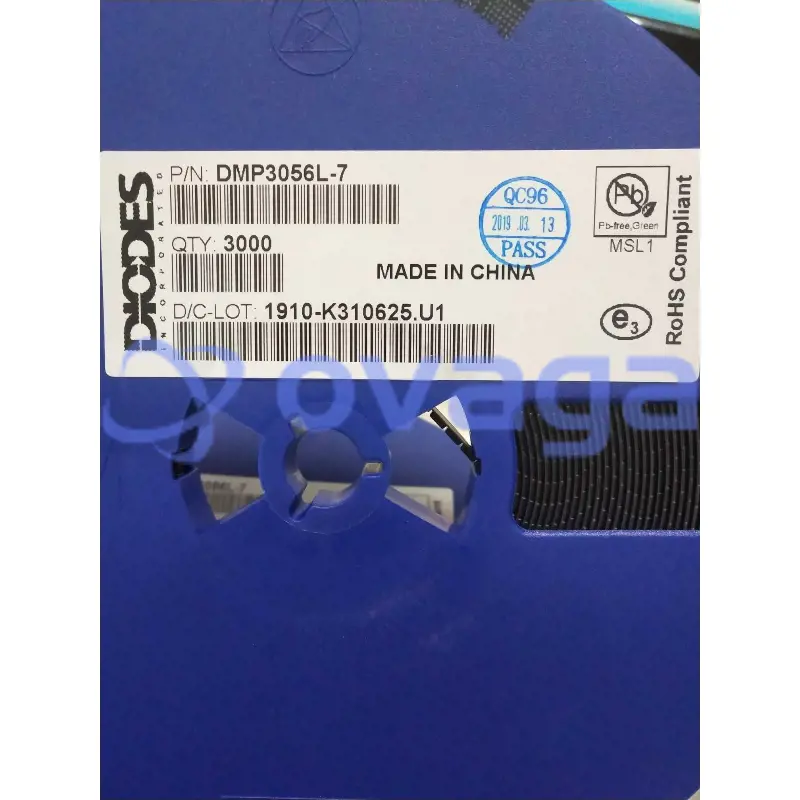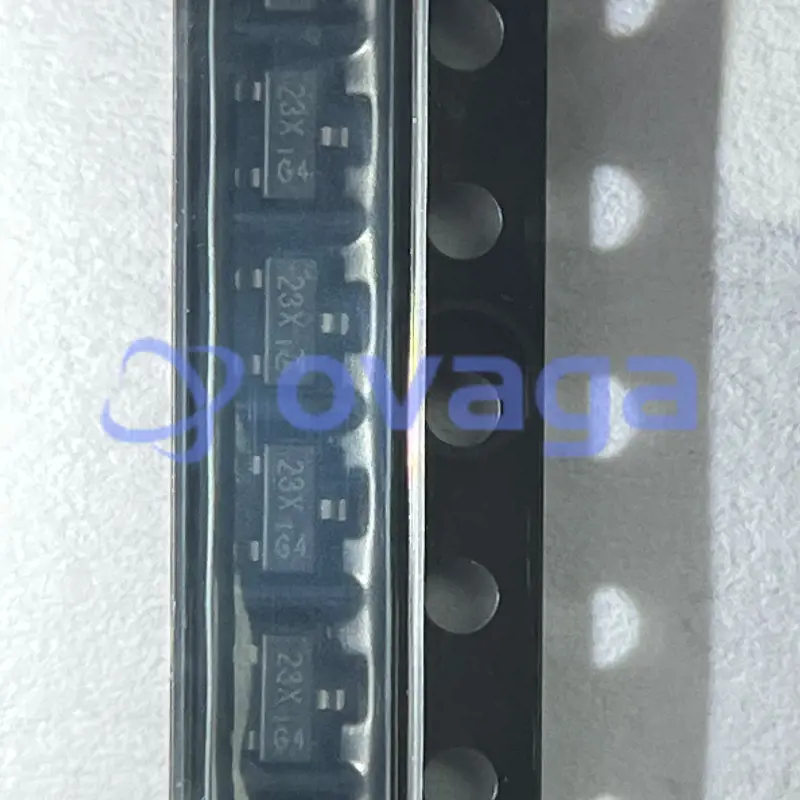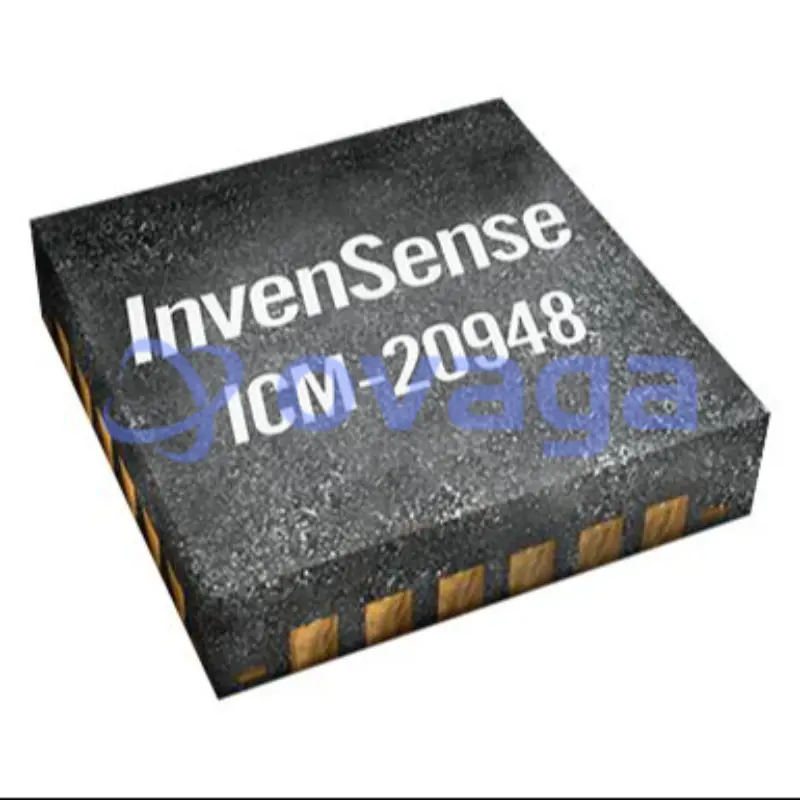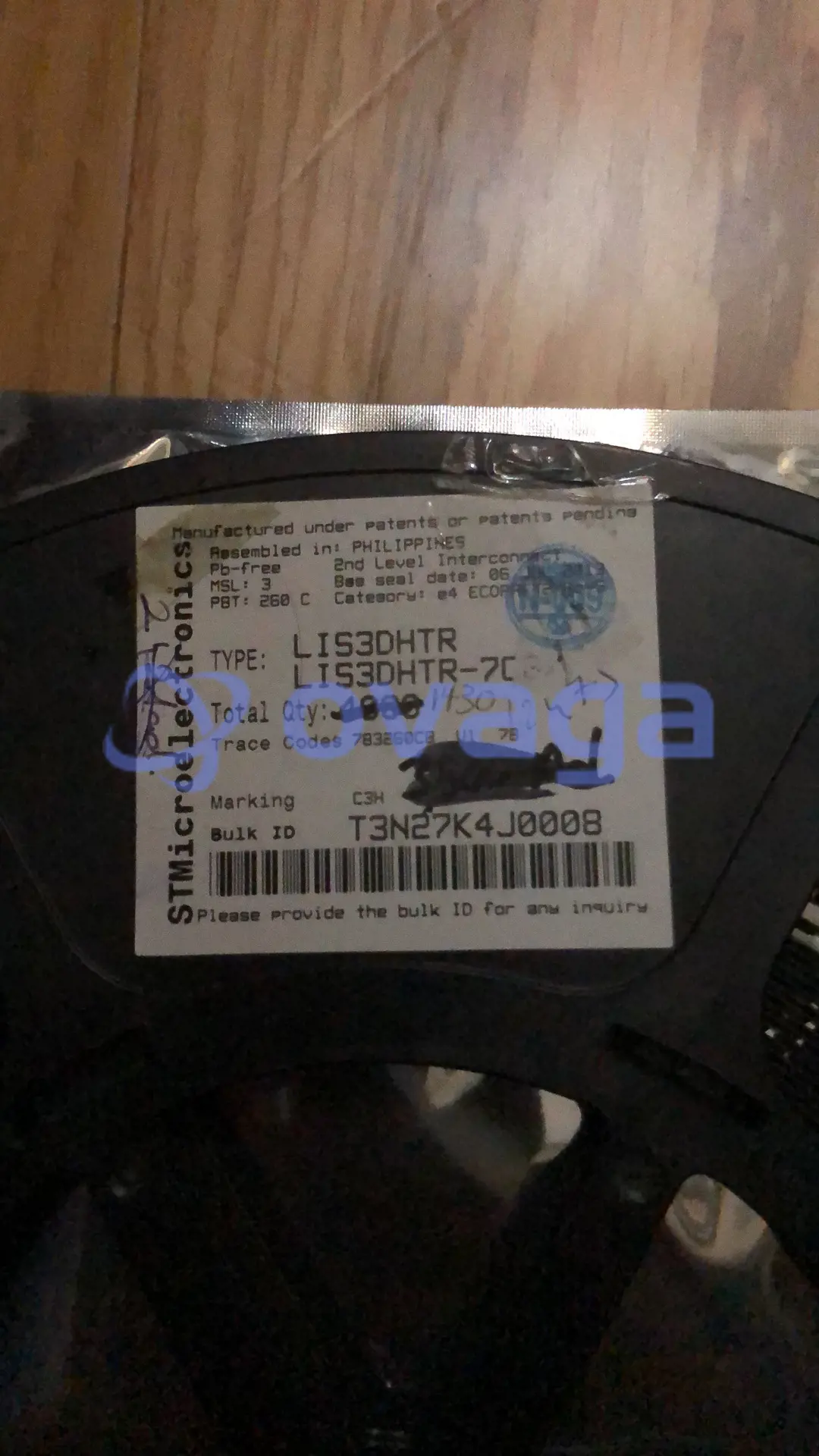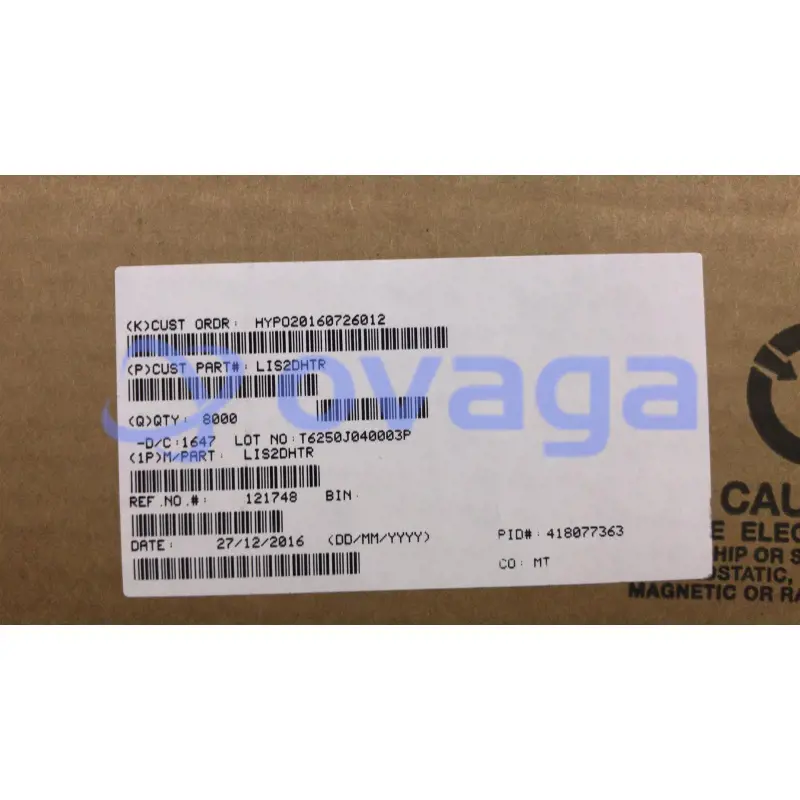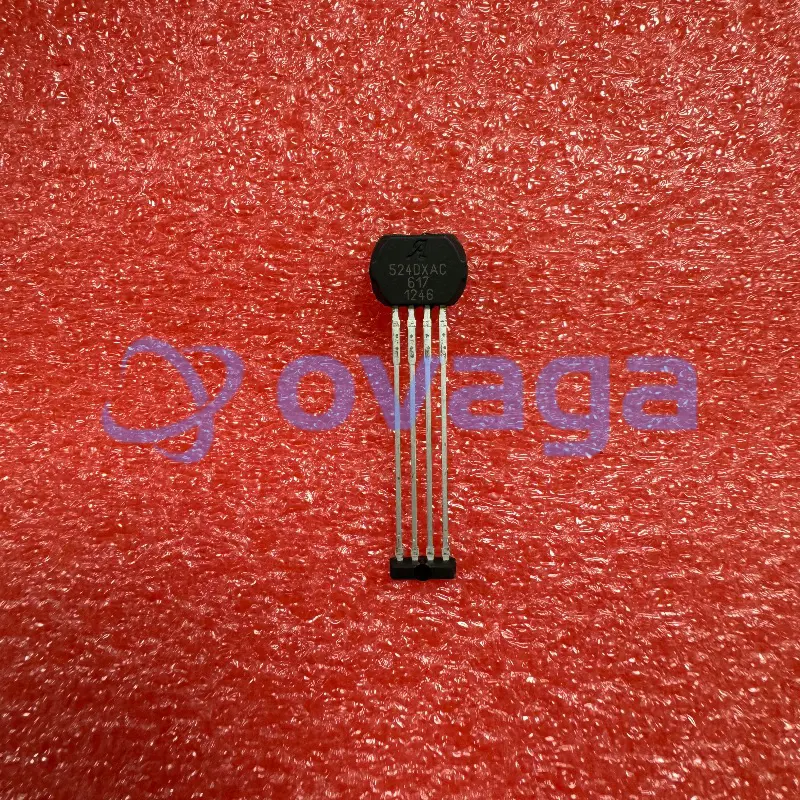CR2016 vs. CR2032: Is CR2016 Same as CR2032
Update Time: Dec 01, 2023 Readership: 4671
Contents
Button cells, commonly known as button batteries due to their small, button-like appearance, differ from cylindrical batteries, such as the widely used AA batteries, by having a larger diameter and thinner thickness. The classification of button batteries is based on their distinctive shapes, including cylindrical, square, and special-shaped varieties.
There are two primary types of button batteries: rechargeable and non-rechargeable. Among the rechargeable options are the 3.6V lithium-ion button batteries (LIR series) and the 3V rechargeable lithium-ion button batteries (ML or VL series). Non-rechargeable alternatives include the 3V lithium-manganese button batteries (CR series) and the 1.5V alkaline zinc-manganese button batteries (LR and SR series).
Some commonly encountered button battery models include AG3, AG10, and AG13, which find application in toys, gifts, computer motherboards, and electronic watches. Noteworthy models include CR2032 used in electronic dictionaries, CR2025 also employed in electronic dictionaries, and CR2016 or SR44 and SR626 commonly used in electronic watches. In this article, we delve into the distinctions between CR2016 and CR2032, seeking to answer the question that often perplexes consumers.
Overview of CR2016
CR2016 is a non-rechargeable battery, which is a 3V button type manganese lithium battery. CR stands for the international IEC number of the button manganese lithium battery, 20 indicates that the battery is 20 mm in diameter, and 16 indicates that its thickness is 1.6 mm. These batteries are button-shaped and are a very common 3V button battery with a nominal voltage of 3.0V and a rated capacity of 75mAh.
This kind of battery is commonly found in computer motherboards, memory cards, mobile phones, Bluetooth wireless products, remote controls, calculators, electric toys, micro radio instruments, alarm systems, medical equipment and other types of electronic equipment. Its wide application reflects the advantages of its stable voltage output and relatively small size.
CR2016 Specifications
|
Parameter |
Specification |
|
Type and Size |
Lithium Coin Cell (CR2016) |
|
Chemistry |
Lithium (Li) |
|
Nominal Voltage |
3.0 volts |
|
Diameter |
20mm |
|
Thickness |
1.6mm |
|
Capacity |
Typically around 90 to 100 milliampere-hours (mAh) |
|
Positive Electrode Material |
Manganese Dioxide (MnO2) |
|
Negative Electrode Material |
Lithium Alloy |
|
Electrolyte |
Lithium Salt in Organic Solvent |
|
Shape |
Button-shaped (flat, round) |
|
Operating Temperature Range |
-20 to +70℃ |
|
Advantages |
High specific energy, long storage period, small self-discharge, wide operating temperature range, safe usage profile |
|
Common Applications |
Watches, Calculators, Key Fobs, Remote Controls, Medical Devices, Various Electronic Gadgets |
Overview of CR2032
The 3V CR2032 lithium manganese battery is characterized by its lithium-manganese dioxide structure. This design incorporates manganese dioxide with exceptionally stable chemical properties as the positive electrode material, while metallic lithium is employed as the negative electrode material. The electrolyte in this battery is composed of solid salts or salts dissolved in organic solvents, and it takes on the distinctive shape of a button, hence its common reference as a lithium button battery or lithium manganese button battery.
One of the key attributes of the CR2032 lithium button battery is its high specific energy, which translates to a significant amount of energy stored per unit mass. This feature, combined with a prolonged storage period and minimal self-discharge, underscores its suitability for various applications. The battery is known for its safe usage profile and exhibits a broad operating temperature range, functioning reliably within the span of -20 to +70℃.
In practical terms, these qualities make the CR2032 lithium button battery a preferred choice for numerous electronic devices, ranging from watches and calculators to key fobs and small medical devices. Its ability to maintain operational integrity across diverse temperature conditions enhances its versatility, making it a dependable power source for applications in both everyday consumer electronics and specialized equipment.
CR2032 Specifications
|
Parameter |
Specification |
|
Type and Size |
Lithium Coin Cell (CR2032) |
|
Chemistry |
Lithium-Manganese Dioxide (Li-MnO2) |
|
Nominal Voltage |
3.0 volts |
|
Operating Voltage Range |
2.0 to 3.2 volts |
|
Rated Capacity |
200 to 240 milliampere-hours (mAh) |
|
Diameter |
20mm |
|
Thickness |
3.2mm |
|
Positive Electrode Material |
Manganese Dioxide (MnO2) |
|
Negative Electrode Material |
Metallic Lithium |
|
Electrolyte |
Solid salts or salts dissolved in organic solvents |
|
Shape |
Button-shaped (flat, round) |
|
Operating Temperature Range |
-20 to +70℃ |
|
Advantages |
High specific energy, long storage period, small self-discharge, wide operating temperature range, safe usage profile |
|
Common Applications |
Watches, Calculators, Key Fobs, Remote Controls, Medical Devices, Motherboards, Memory Cards, Various Electronic Gadgets |
CR2016 vs. CR2032: Difference Between CR2016 and CR2032
To sum it up, even though CR2016 and CR2032 both say 3V, their different power capacities show how important it is to think about replacing them carefully. Just like with AA dry batteries, understanding how voltage, capacity, and size work together helps get the best performance in different electronic gadgets. So, knowing the details about these lithium button batteries helps people make smart choices based on what their devices need.
|
Feature |
CR2016 |
CR2032 |
|
Cell Size |
Diameter: 20mm, Height: 1.6mm |
Diameter: 20mm, Height: 3.2mm |
|
Nominal Voltage |
3V |
3V |
|
Capacity |
75mAh |
220mAh |
|
Applications |
Watches, calculators, devices with lower power consumption |
Medical devices, slightly more power-hungry electronics |
|
Usage Suitability |
Low-power devices |
Low to medium-power devices |
|
Dimensions |
Smaller diameter, 16mm |
Standard diameter, 20mm |
|
Price |
Generally lower due to lower capacity |
Typically higher due to higher capacity |
CR2016 vs. CR2032: Thinkness
Differences between CR2016 and CR2032 button batteries go beyond just their names. Basically, the numbers in their names show their size – both are 20 mm wide, but the key difference is how thick they are. CR2016 is slim at 1.6 mm, while CR2032 is thicker at 3.2 mm. Even though they both give out 3V of power, the thickness matters a lot for how much power they can hold and how long they last.
CR2016 vs. CR2032: Capacity
Usually, a thicker battery means it can hold more power. This is true for all kinds of batteries with the same type. The idea is simple: thicker batteries give you more power, so they last longer. If your device can handle the extra thickness, going for a thicker battery can mean a longer-lasting power source.
CR2016 vs. CR2032: Weight
The weights of these batteries vary noticeably. Specifically, the typical weight for a CR2032 is 3.1g, while a CR2016 averages 1.6g.
CR2016 vs. CR2032: Applications
When comparing CR2016 to CR2032, it's worth noting their specific applications. CR2032 is commonly employed in electronic dictionaries, whereas the CR2016 finds widespread usage in electronic watches.
Getting into details, CR2016 works at 3V with a power capacity of about 75mAh. In comparison, CR2032 is thicker but still gives out 3V, and it can hold more power, around 200mAh. The big difference in power comes from the thickness – CR2032 is twice as thick as CR2016.
Can one CR2032 replace two CR2016 batteries?
Trying to use two CR2016 batteries in a row to replace a CR2032 doesn't work well. Connecting them like this makes the power go up to 6V, which doesn't work in devices made for a single 3V CR2032.
But there's another way. Connecting two CR2016 batteries side by side (in parallel) can sort of replace a CR2032. This keeps the power at 3V, theoretically giving you a combined power of 150mAh. Still, it's important to know this is less power than a single CR2032, only about 3/4 of what it can do. Also, needing two battery slots makes this solution a bit tricky.
CR2016 vs. CR2032: Similarities Between CR2016 and CR2032
|
Feature |
CR2016 |
CR2032 |
|
Shared Materials |
Positive electrode: Manganese dioxide; Negative electrode: Metallic lithium; Electrolyte: Lithium battery electrolyte with lithium perchlorate; Solvent components: Propylene carbonate (PC), Dimethyl carbonate (DMC), Dioxolane (DOL) |
Positive electrode: Manganese dioxide; Negative electrode: Metallic lithium; Electrolyte: Lithium battery electrolyte with lithium perchlorate; Solvent components: Propylene carbonate (PC), Dimethyl carbonate (DMC), Dioxolane (DOL) |
|
Similar Shape |
Cylindrical |
Cylindrical |
|
Matching Diameters |
Diameter: 20mm |
Diameter: 20mm |
|
Uniform Voltage Levels |
Nominal voltage: 3.0V; End voltage: 2.0V |
Nominal voltage: 3.0V; End voltage: 2.0V |
|
Identical Operating Temperature Range |
-20℃ to 60℃ (Practical usage typically between 5℃ to 60℃) |
-20℃ to 60℃ (Practical usage typically between 5℃ to 60℃; Some BR series batteries have extended range of -50℃ to 125℃, not explored in detail within this CR series discussion) |
|
Uniform Storage Environment |
Temperature: ~20℃; RH <75% |
Temperature: ~20℃; RH <75% |
Shared Materials: Both CR2016 and CR2032 employ identical materials. The positive electrode utilizes manganese dioxide, known for its highly stable chemical properties, while the negative electrode relies on metallic lithium. The electrolyte consists of lithium battery electrolyte, primarily comprising lithium perchlorate, with propylene carbonate (PC), dimethyl carbonate (DMC), and dioxolane (DOL) serving as the solvent components.
Similar Shape: Both batteries share a cylindrical form.
Matching Diameters: The diameters align, with both falling into two distinct groups, 20mm and 16mm, respectively.
Uniform Voltage Levels: Both batteries boast the same voltage specifications, featuring a nominal voltage of 3.0V and an end voltage of 2.0V.
Identical Operating Temperature Range: The operating temperature range for both CR2016 and CR2032 is consistent, spanning from -20℃ to 60℃. However, practical usage typically falls within the range of 5℃ to 60℃. It's worth noting that some manufacturers of BR series wide-temperature batteries have achieved an extended range of -50℃ to 125℃, although this is not explored in detail within the scope of this CR series discussion.
Uniform Storage Environment: The recommended storage environment remains the same for both batteries, with an ideal temperature of approximately 20℃ and relative humidity (RH) kept below 75%.
Final Words
The comparison between CR2016 and CR2032 sheds light on the nuanced disparities that dictate their suitability for various electronic devices. While these button batteries share certain similarities, such as their compact dimensions and coin-like appearance, their divergent specifications make them distinct entities. Whether it be the discrepancy in diameter, thickness, or voltage, understanding these differences empowers consumers to make informed choices based on the specific requirements of their devices.
Read More:
CR1220 Battery Equivalent & Cross Reference Chart
LR44 vs 357: Are LR44 and 357 Batteries the Same
Top Picks for LR44 Battery Equivalents
Extended Reading
 FAQ
FAQ
-
Is CR2032 lithium-ion or metal?
Lithium-ion battery.
-
Can I use CR2032 instead of CR1616?
While the CR2032 and CR1616 batteries share the same voltage and are technically cross-compatible due to their similar chemical composition, it's important to note some crucial physical differences. The CR2032 is larger and thicker than the CR1616, with a diameter of 20mm compared to 16mm, and a thickness of 3.2mm compared to 1.6mm. In some cases, where there is enough space in the device's battery compartment, a CR2032 may fit into the spot designated for a CR1616.
-
How long do CR2032 batteries last in a key fob?
Four to five years.
-
What battery can replace a CR2032?
When seeking a replacement for a CR2032 battery, both CR2025 and CR2032 batteries can be used interchangeably, provided they fit in the battery compartment. While the CR2025 and CR2032 share the same diameter, the CR2032 is slightly thicker, contributing to a higher capacity measured in milliampere-hours (mAh). As a result, if space allows, using a CR2032 in place of a CR2025 may offer slightly longer battery life due to its higher capacity.
-
What battery can replace CR2016?
For CR2016 battery replacements, CR2025 batteries can serve as equivalents from various companies. The interchangeability stems from their similar dimensions, both being 20mm in diameter and having the same voltage.
-
What do you use a CR2016 battery for?
CR2016 lithium coin cell batteries are widely utilized for their reliable performance and long shelf life. Common applications include powering watches, clocks, toys, calculators, and devices with real-time clocks. They serve as memory backup power sources for electronic equipment, keyless entry remotes, and remote starters in vehicles.
-
What is the lifespan of a CR2016 battery?
10 Year.
-
Can I use CR2032 instead of CR2016 in key fob?
Yes, you can use a CR2032 instead of a CR2016 in a key fob. Both batteries share the same voltage specifications, which is 3V. The only notable difference is in their thickness. The CR2016 is half the thickness of the CR2032. As long as the key fob can accommodate the slightly increased thickness of the CR2032, it should function effectively as a replacement for the CR2016.
Popular Blogs
-
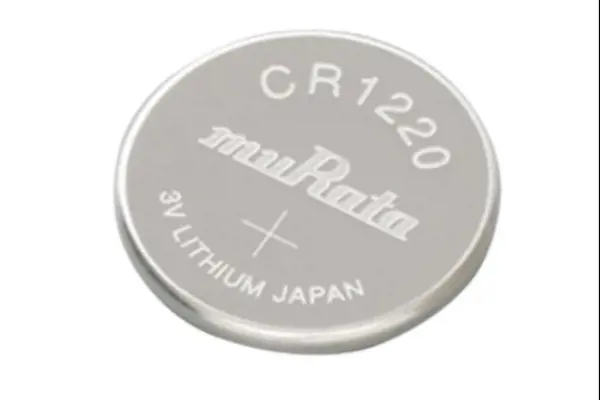
CR1220 Battery Equiv...
The CR1220 is a coin cell battery with a diamete...
-
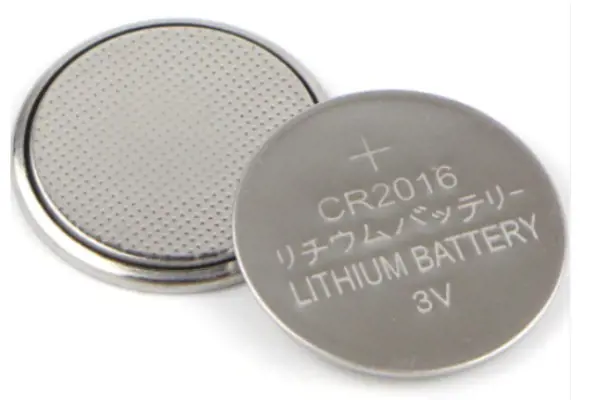
CR2016 vs. CR2032: I...
CR2032 is used in electronic dictionaries, and C...
-
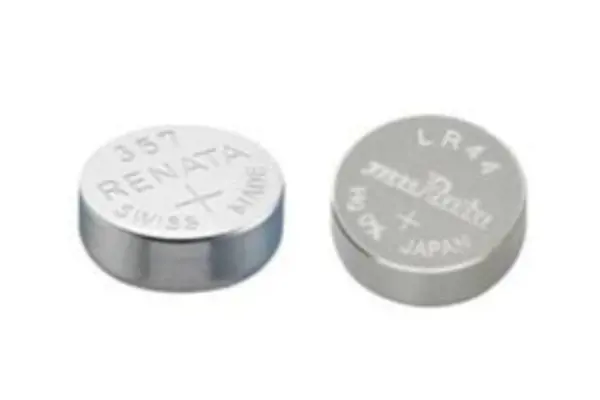
LR44 vs 357: Are LR4...
In button cell batteries, the LR44 and 357 have ...
-

Six TDA2822m Applica...
This article will introduce in detail six TDA282...



